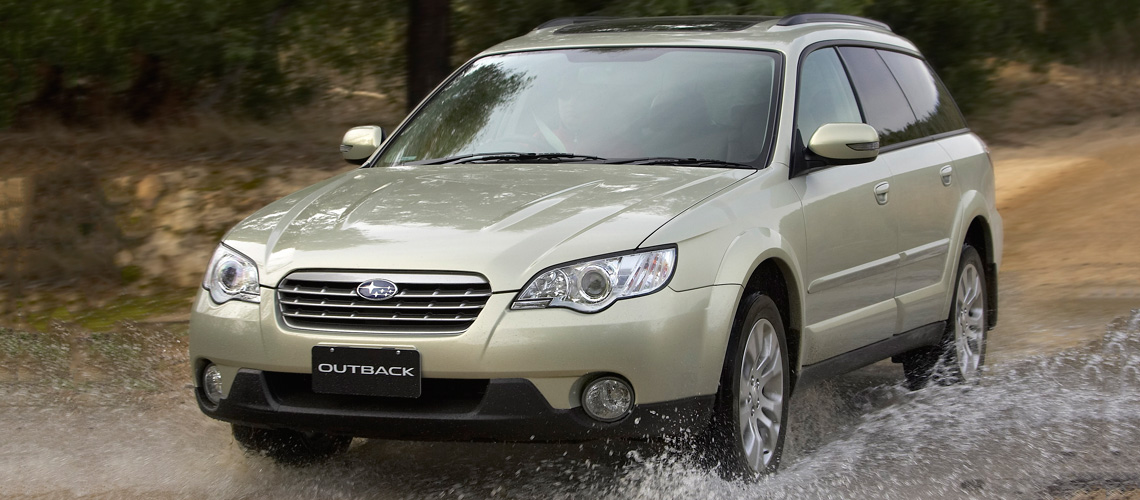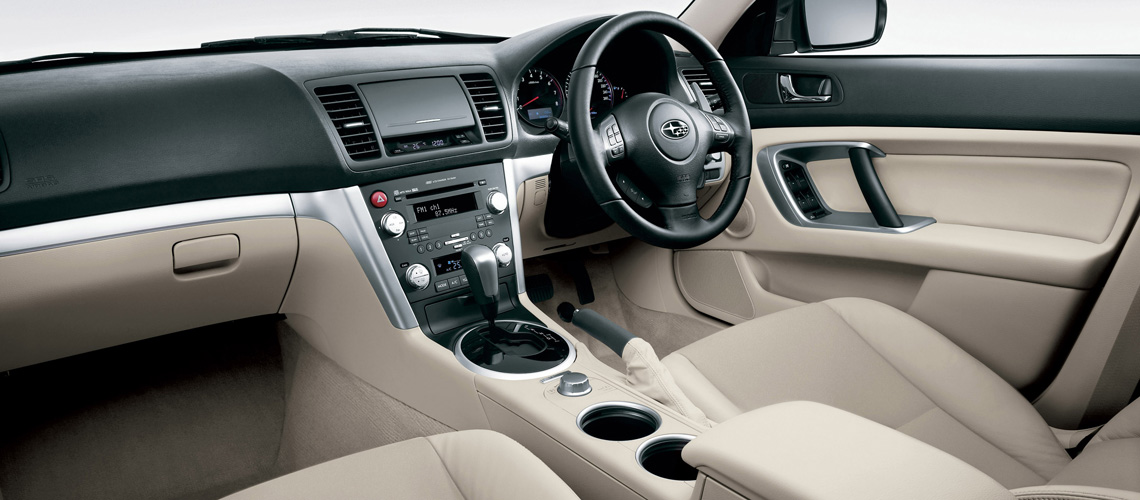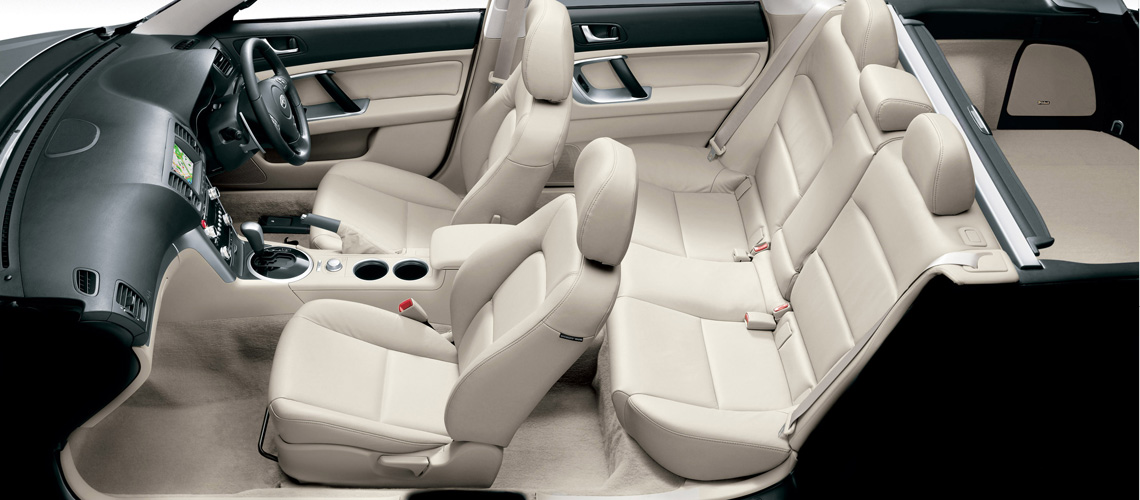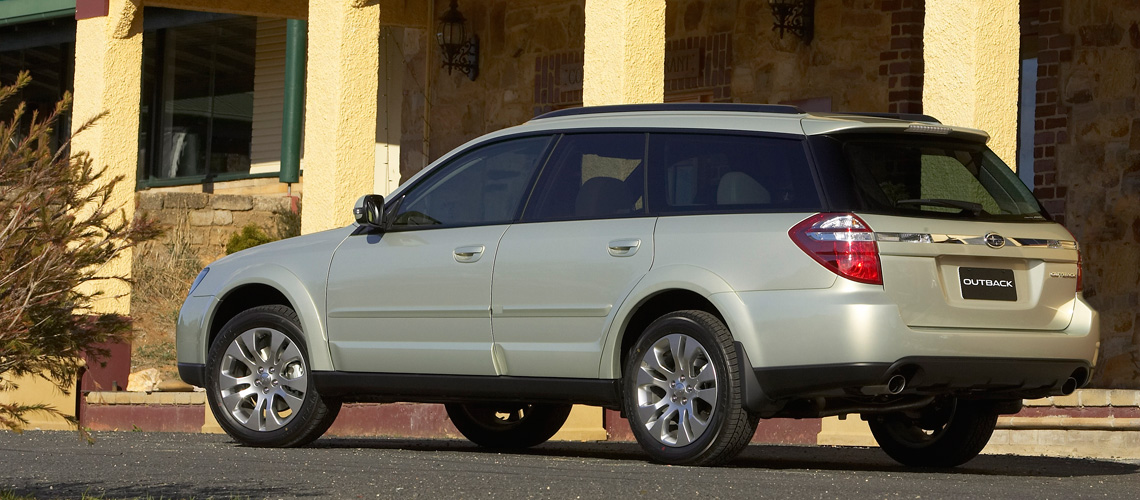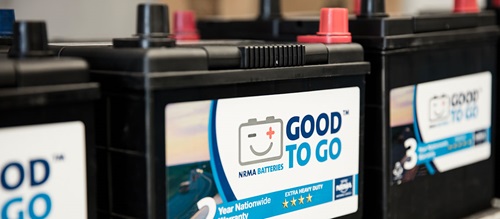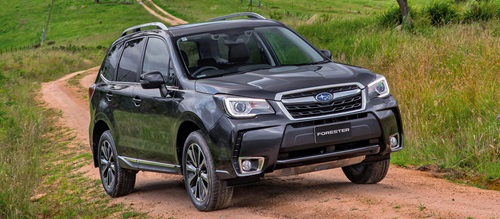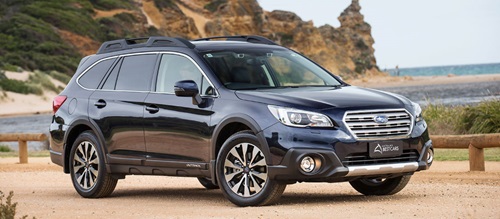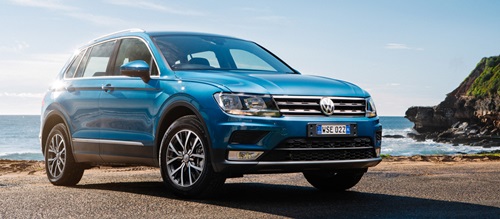Specifications |
|
| Engine | 3.0L |
| Transmission | 5-spd auto |
| Fuel Economy |
11
AVG
|
| Output | 180kW/297Nm |
| ANCAP rating |
|
Subaru's 2004 Outback, like its predecessors, is a lightly modified Liberty wagon that's designed to handle dirt as well as bitumen roads. It's no bush basher, but the lightweight Outback is one of the best handling crossover wagons on the market. At the top of the range, the 3.0R features a more powerful six cylinder engine than the H6 it replaces, plus a new five-speed-automatic transmission.
Value for money
Pricing
The Outback 3.0R costs $45,990; the Premium model is $53,440.
Warranty
Three years/unlimited kilometres, which is above average.
Standard features
Standard equipment includes Data Dot security, an in-dash six-stack CD, two front airbags, automatic air, cruise control, trip computer, remote central locking and self levelling rear suspension.
The Premium adds side and curtain airbags, stability control, power adjustable driver's seat, leather upholstery and a sunroof.
Retained value
The Outback is one of the best resale performers on the market, holding approximately 70 per cent of its new price after three years.
Design and function
Ergonomics
The dash layout is as per the Liberty; no fuss, clean and stylish. Everything is easy to reach and operate.
The driver's seat is manually adjustable for height, and the lumbar adjuster is also effective. The Momo leather wheel is height adjustable; reach is fixed, which may be a problem for very tall or very short drivers.
Innovation
Subaru is one of the more technically advanced car companies. The original 1996 Outback was the first "crossover" wagon; this is the third generation model, which has now, of course, been joined by many imitators.
The new model, though larger and stronger, is also lighter than its predecessor - a feat which eludes most manufacturers.
Safety
The new Outback (and Liberty) has not yet been tested, but like previous models it should score well. The Premium model's extra safety equipment - side/curtain airbags, plus stability control - should be provided in the base version.
Security
Date Dot identification is a significant deterrent to thieves, because the car, and its individual parts, can be traced. An immobiliser is also fitted.
Comfort
The driver's seat is firm, with a long, narrow cushion and slightly unyielding bolstering, which some people may find to be a bit hard on the thighs and backside after a couple of hours.
Space and practicality
The rear seat is contoured for two, with a flat backrest and long, comfortable cushion. Leg room is adequate with two average sized adults up front, but tight if occupants are tall. Larger crossover wagons, like Toyota's Kluger, are much more roomy in the back seat.
The load area is spacious and well designed. The 60/40 split fold rear seat backs are easily folded, extending the floor to a flat 1.8 metres, without compromising front seat travel or requiring the removal of the head restraints. The low floor is also easy to load; three child restraint anchors are in the roof, and a load cover is supplied.
You also get a full sized spare.
Build and finish quality
Excellent, as per Subaru's usual standard.







